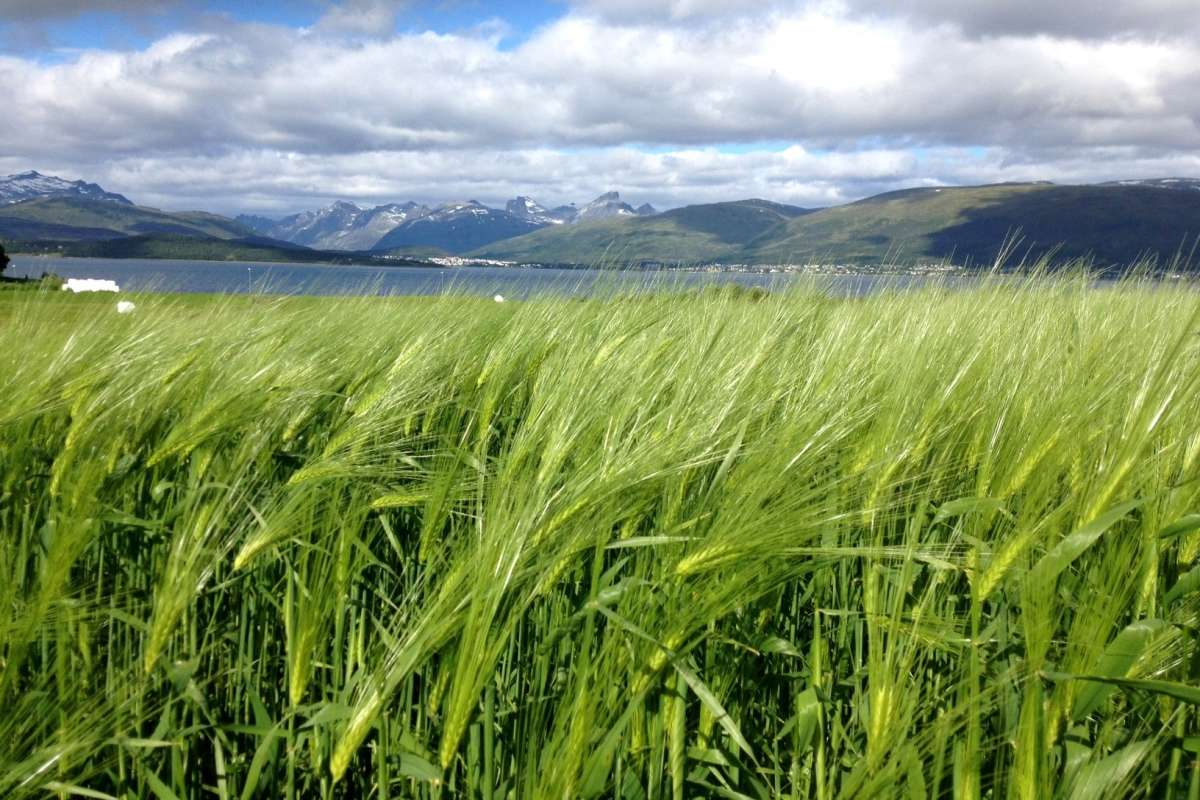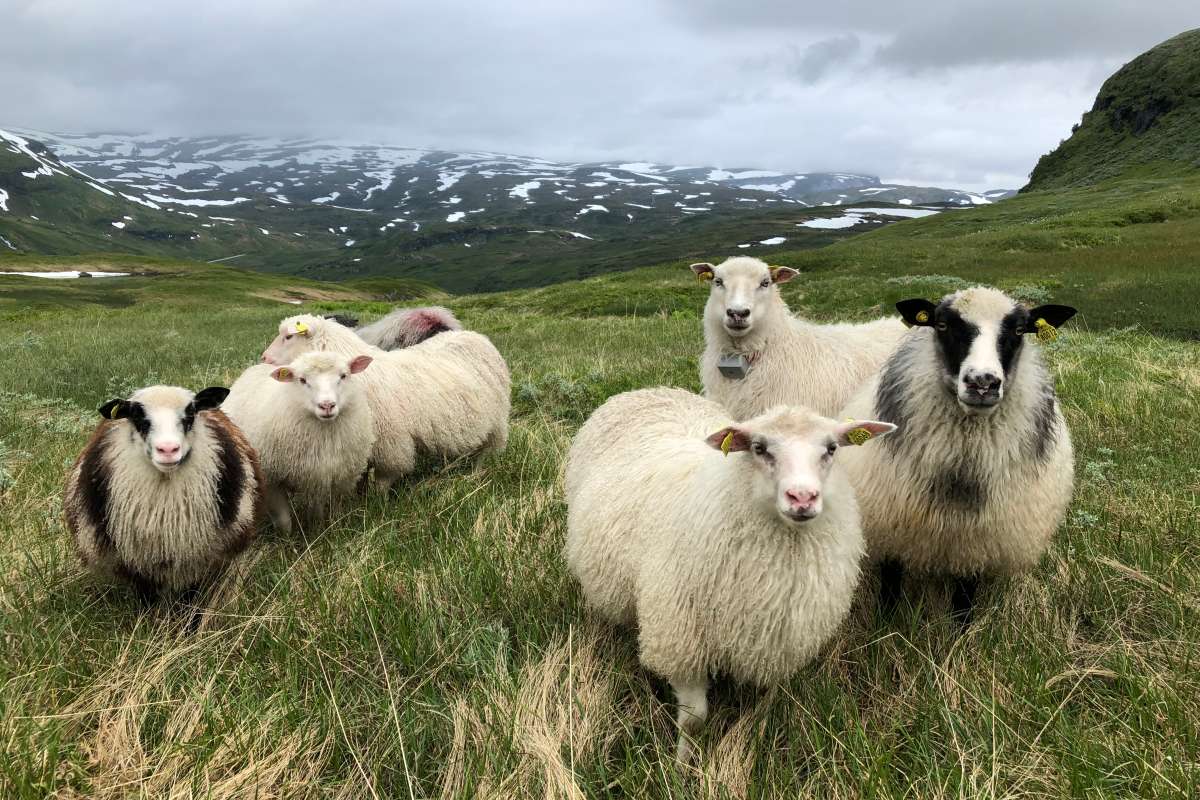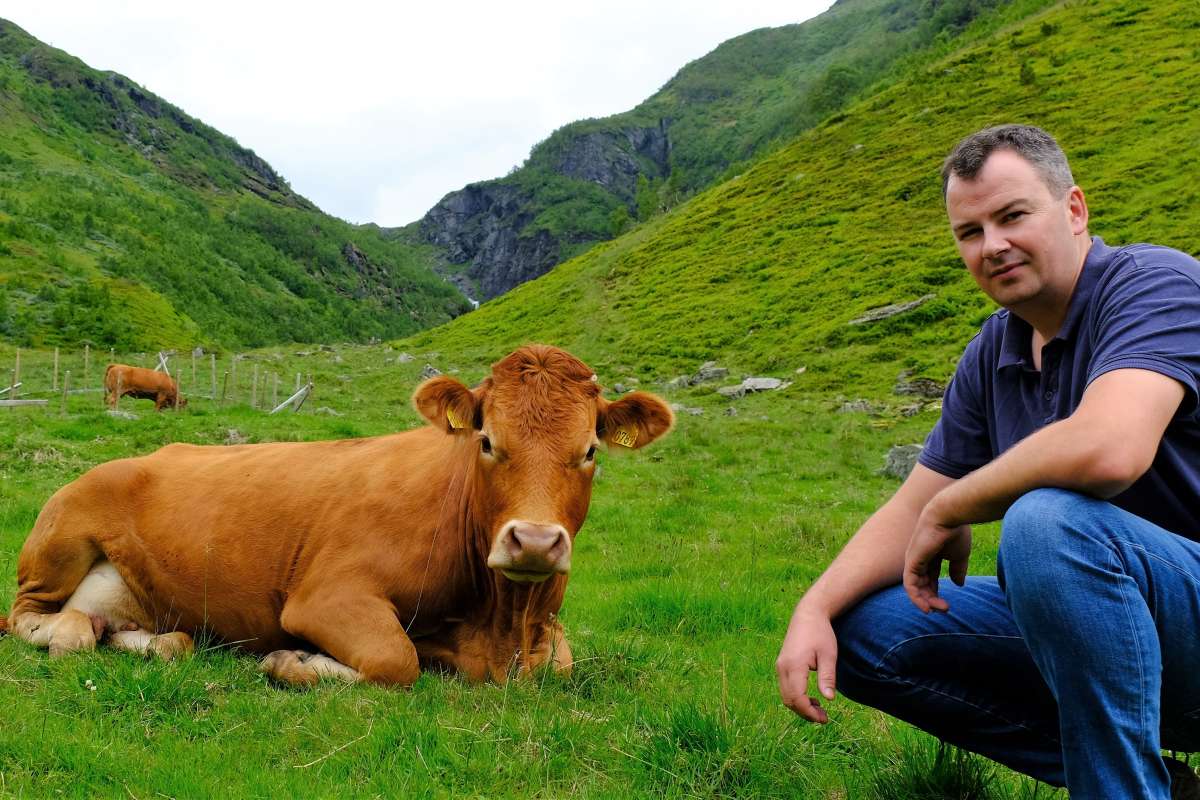Ensuring the future of upland pastures in Northern Norway
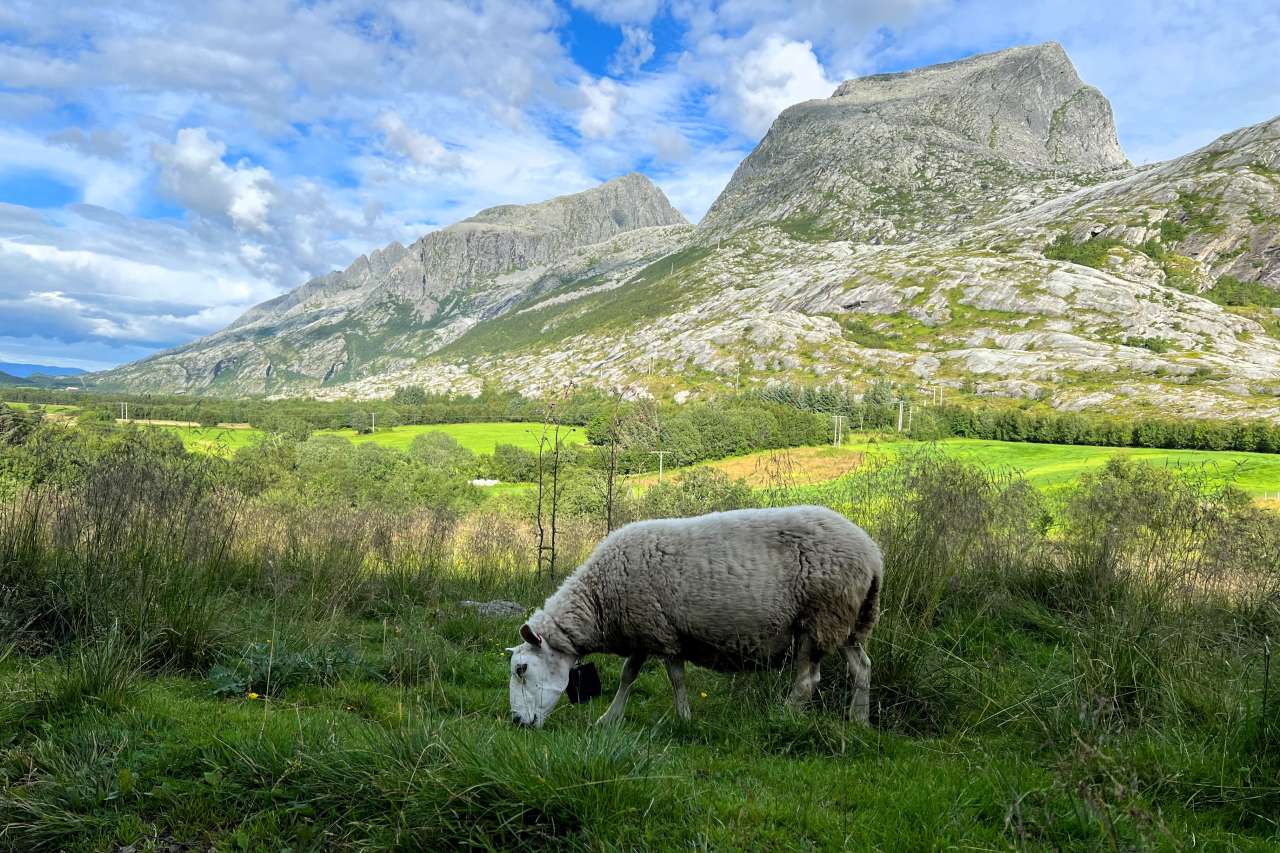
Calculations by NIBIO show that 55% of Norway’s potential upland pastures remain unused. In the north, there are vast areas of very high-quality grazing land suitable for sheep farming. Photo: Liv Jorunn Hind
Northern Norway has some of the best upland pastures with great potential for sustainable food production. However, sheep farmers in the three northernmost counties face challenges in utilizing these resources. What can be done to ensure the future of upland-based grazing?
Calculations by NIBIO show that 55% of Norway's potential upland pastures remain unused. Particularly in the north, we have large areas of high-quality grazing well-suited for sheep farming.
Yet, the number of sheep grazing in upland pastures in the region has fallen by more than 21% from 2002 to 2022. This decline comes despite of the fact that upland-based grazing is vital for food security, biodiversity, and maintaining vibrant rural communities in the north.
In a new report, NIBIO has identified the main challenges for increasing the use of upland pastures in the north. Based on conversations with sheep farmers in Northern Norway, the researchers have also proposed measures to improve the utilization of these grazing areas.
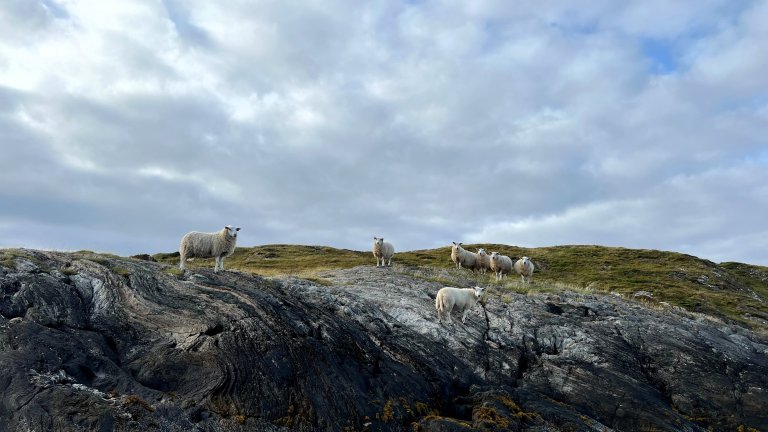
A morally significant challenge
“Upland areas are under pressure from predators, tourism, cabin construction, and other commercial activities. At the same time, poorly maintained fences and legal disputes create difficulties for many farmers,” explains NIBIO researcher Inger Hansen.
These challenges require both political and practical solutions.
Economic factors are among the most significant challenges. The costs of running a farm in Northern Norway are high, while income is often low. This makes the industry vulnerable to both policy changes and consumer trends.
“However, it’s not just financial losses that weigh heavily. For many, the emotional burden of finding animals that have been killed or injured is the most difficult part. This makes the situation particularly challenging and amplifies the feeling of adversity,” says Hansen.
Upland grazing is more than just a job—it’s a lifestyle and a morally important mission.
“Many see the utilization of natural resources as a sustainable solution for future food production. This is especially critical in a time marked by climate change and global uncertainty,” Hansen says.
“Nevertheless, farmers feel a lack of recognition for their efforts, both from politicians and society at large. This undermines motivation and makes it harder to recruit new farmers to the industry,” the researcher adds.
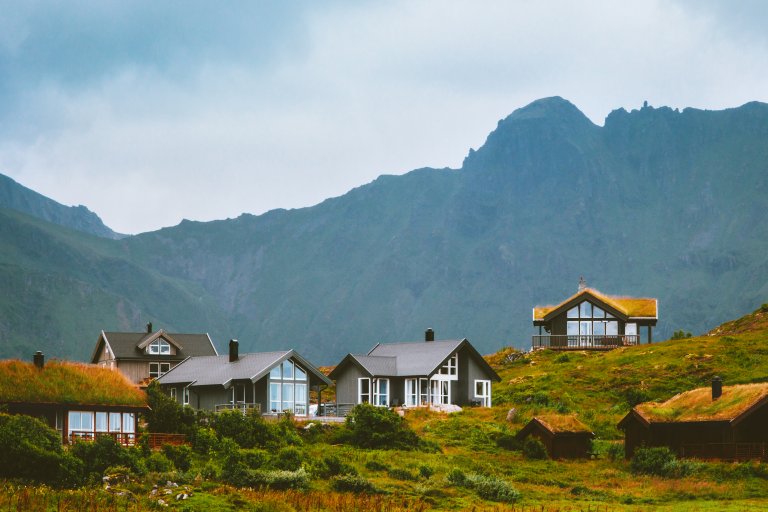
Measures for better Economics and increased collaboration
The report highlights specific measures to better support upland grazing in Northern Norway.
“The grazing subsidy should be increased, particularly for autumn grazing. Additionally, there should be a national subsidy for fence maintenance to reduce conflicts. Stronger incentives should also be provided for farmers who solely utilize upland resources,” Hansen summarizes.
The researchers also emphasize the need to strengthen municipal agricultural administration.
“Local agricultural authorities should receive more resources to support farmers where needed, especially in land-related issues,” Hansen states.
To secure upland grazing in Northern Norway, the researchers argue that addressing only economic challenges is insufficient. Upland grazing should be increasingly viewed as a collaborative effort where local communities, businesses, and volunteer organizations help highlight the positive aspects of upland farming. Improved communication about this type of agriculture could also strengthen demand for both meat and wool.
“Upland grazing is a key resource in the north and a crucial part of Norway’s food security and preparedness. But for upland grazing to have a future in Northern Norway, society must unite and support the efforts of farmers,” Hansen says.
“This is about more than just economics. It’s about recognizing a lifestyle, and an industry deeply rooted in Norwegian culture, which helps maintain settlements and a vibrant cultural landscape,” the researcher concludes.
Contacts
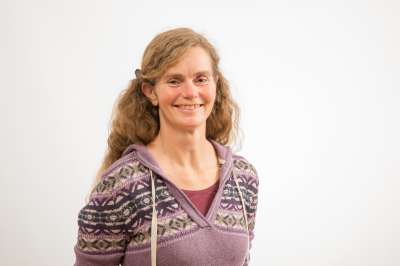
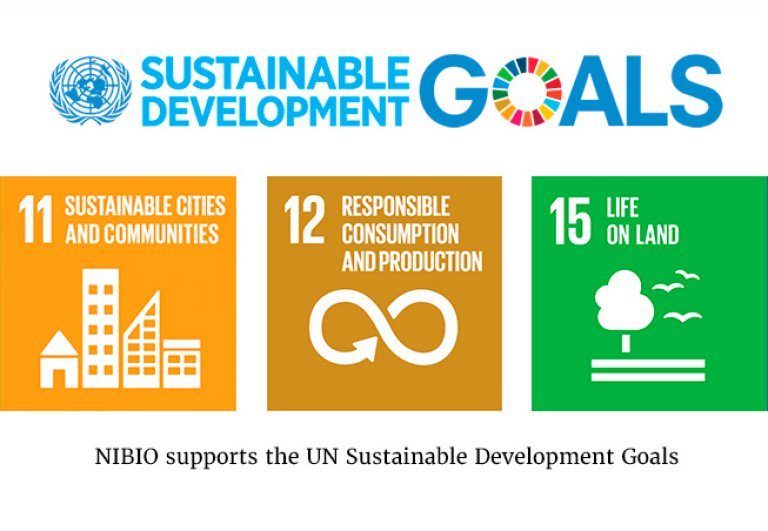
Report
The report Flaskehalser for økt bruk av utmarksbeite i nord is funded by the county councils of Northern Norway under the initiative Sustainable Food Production and Value Creation in the North.

Contacts

Publications
Abstract
No abstract has been registered

